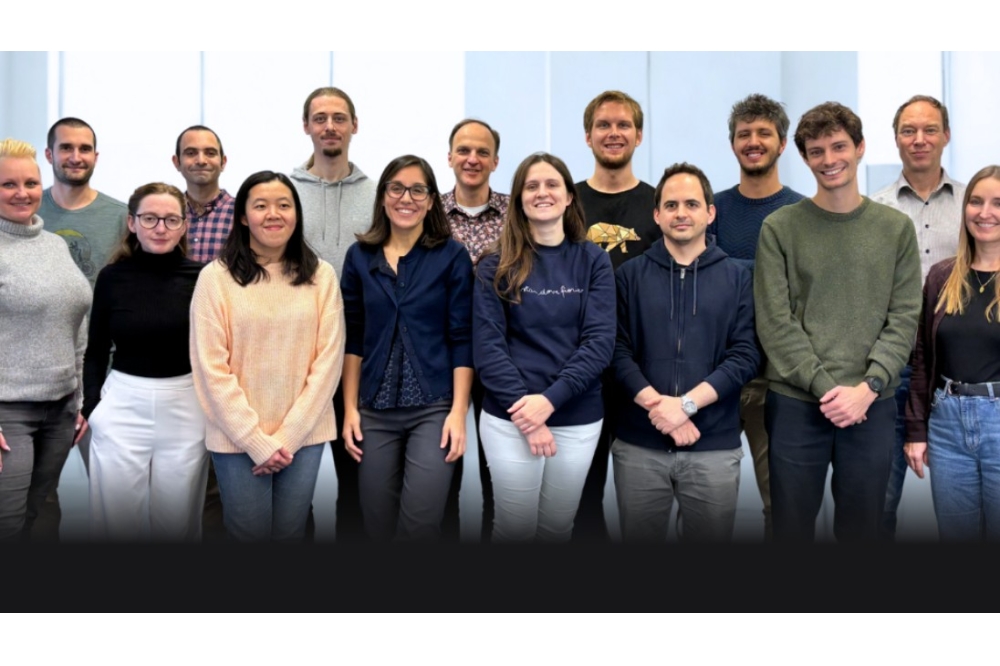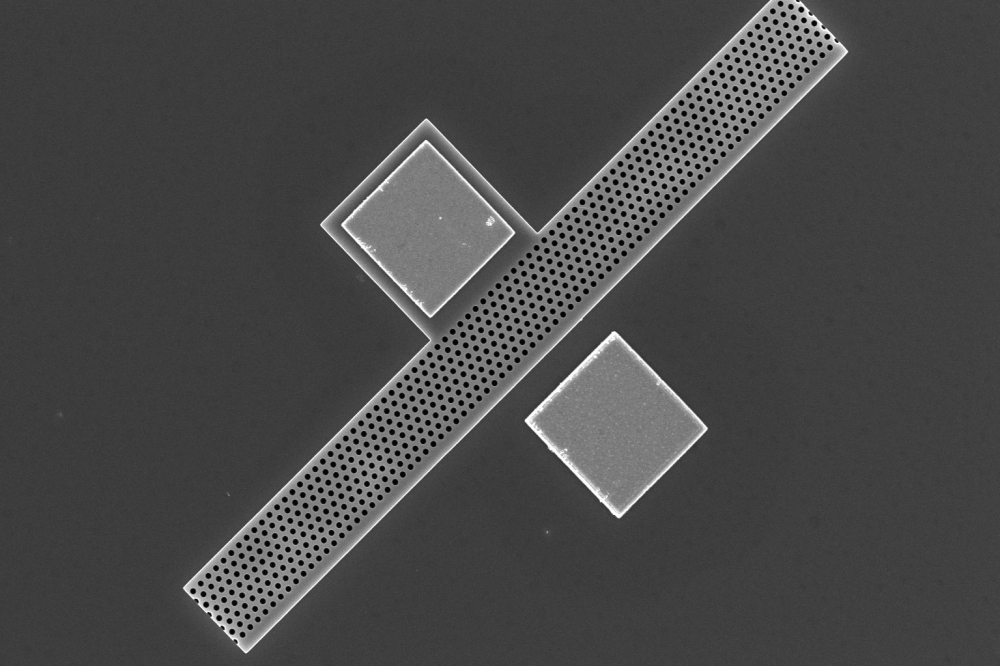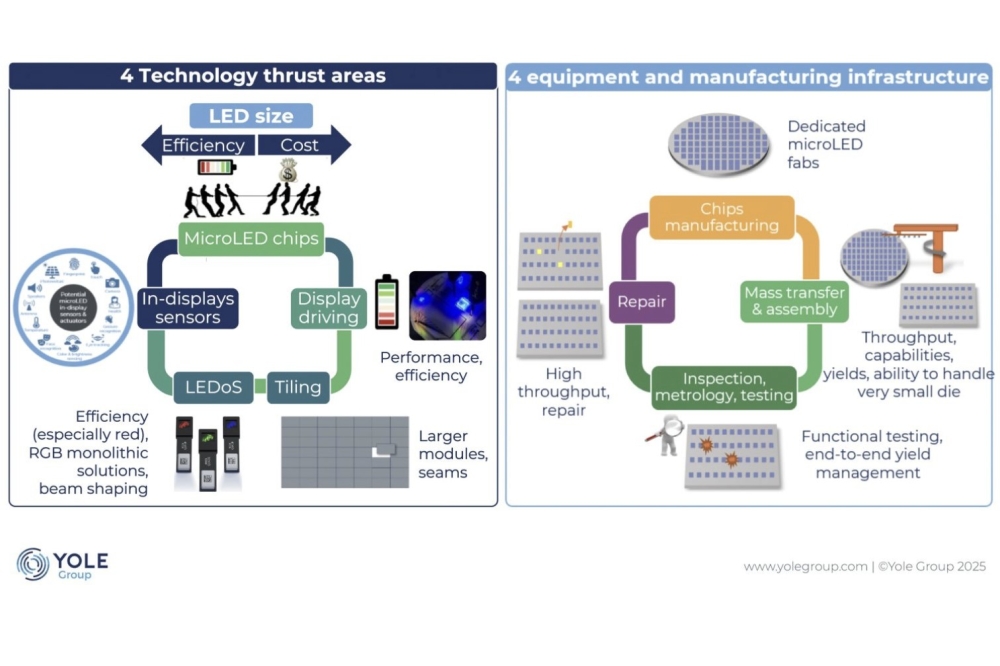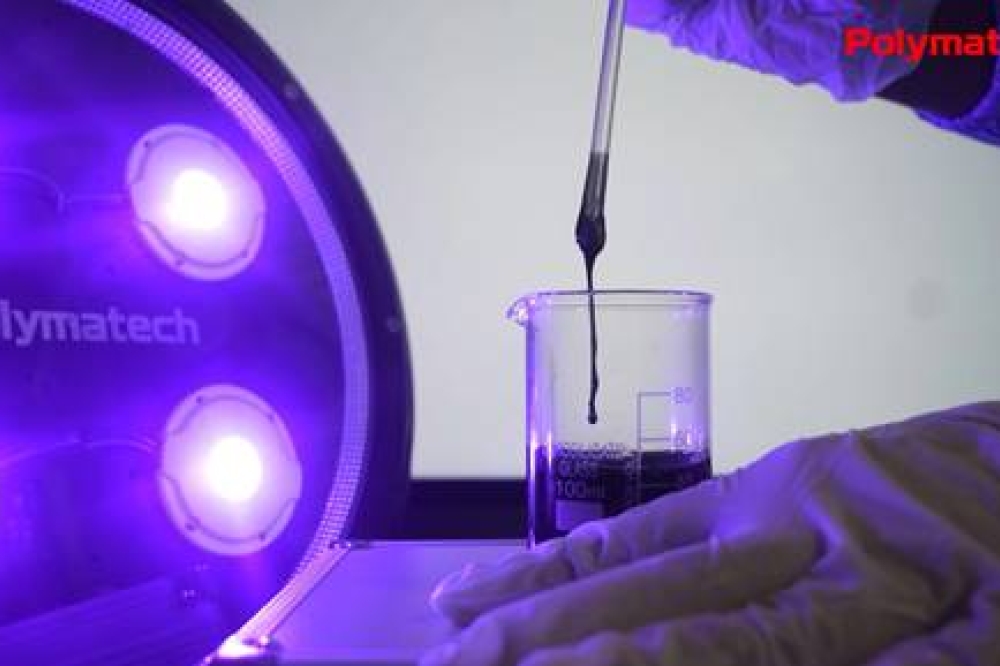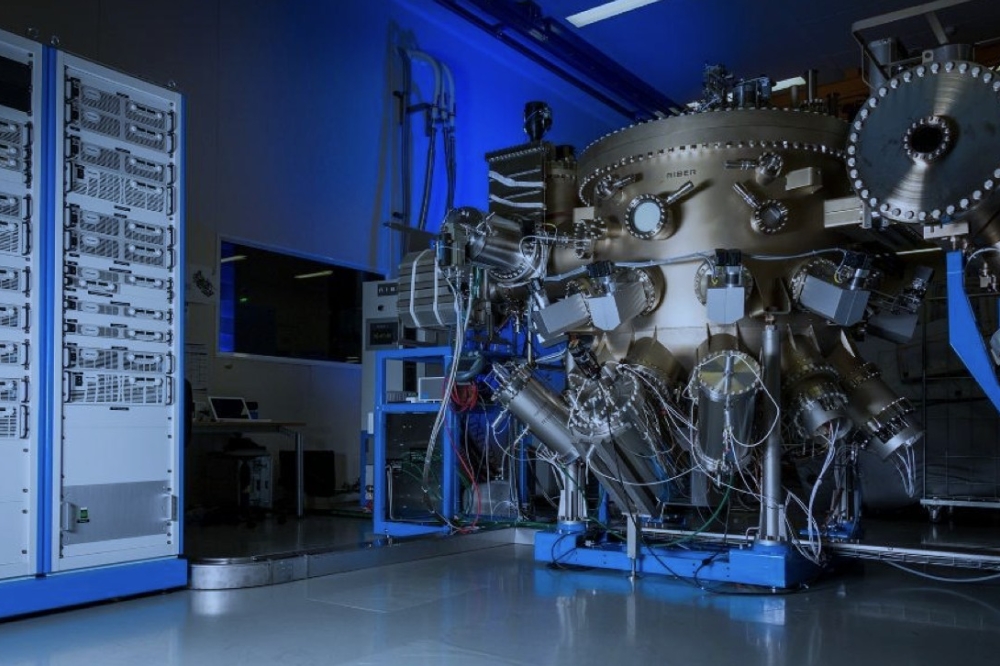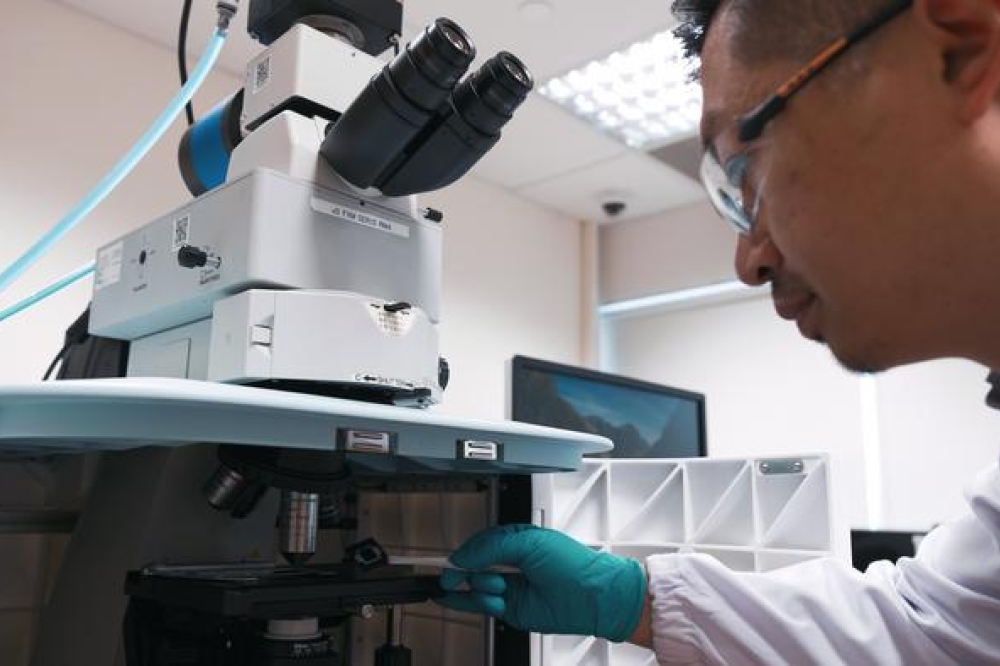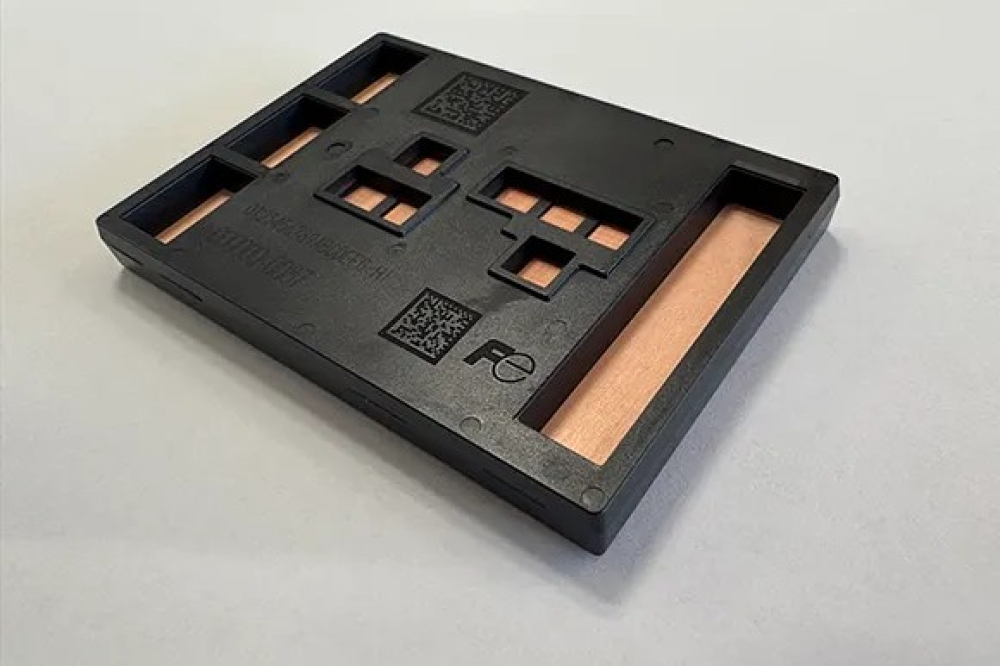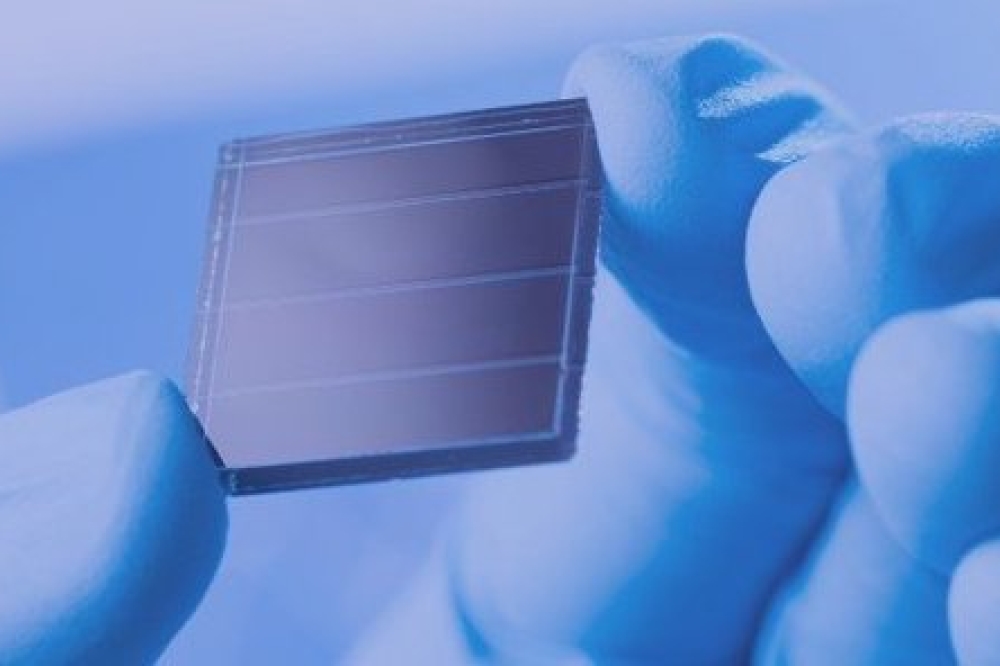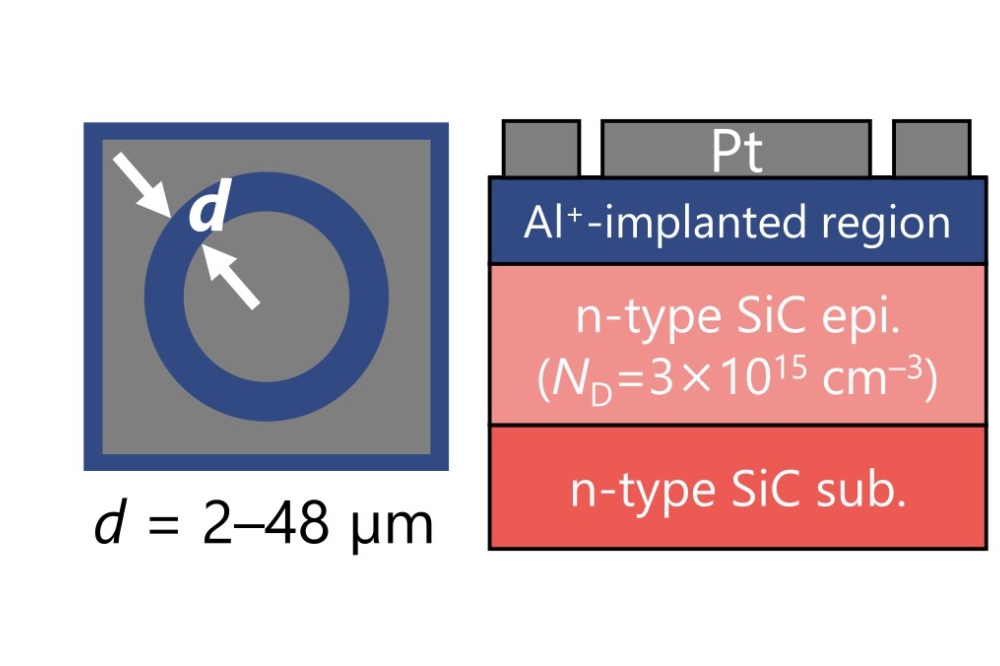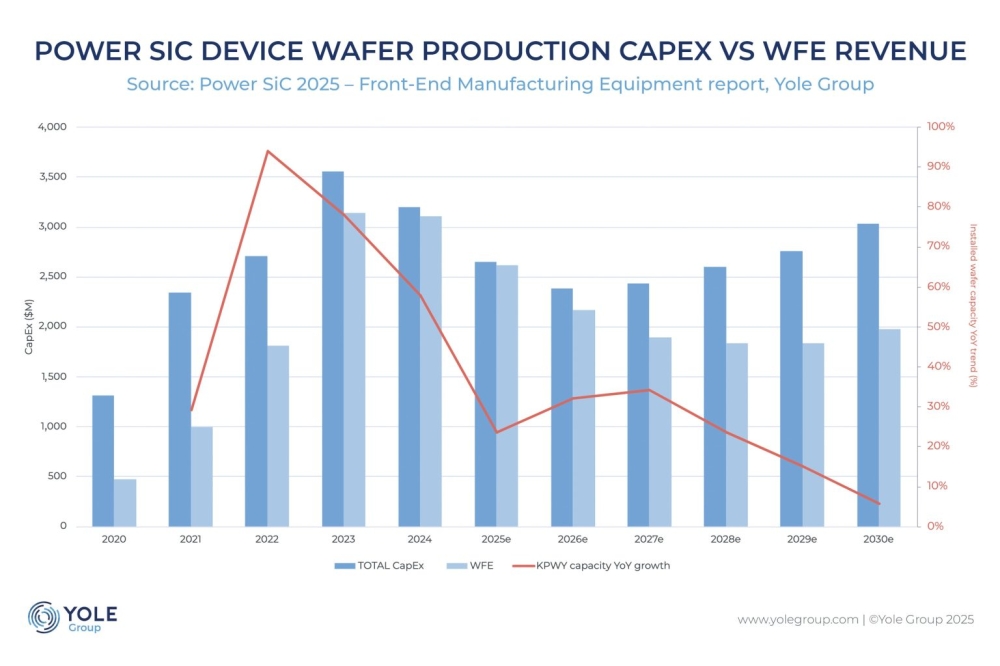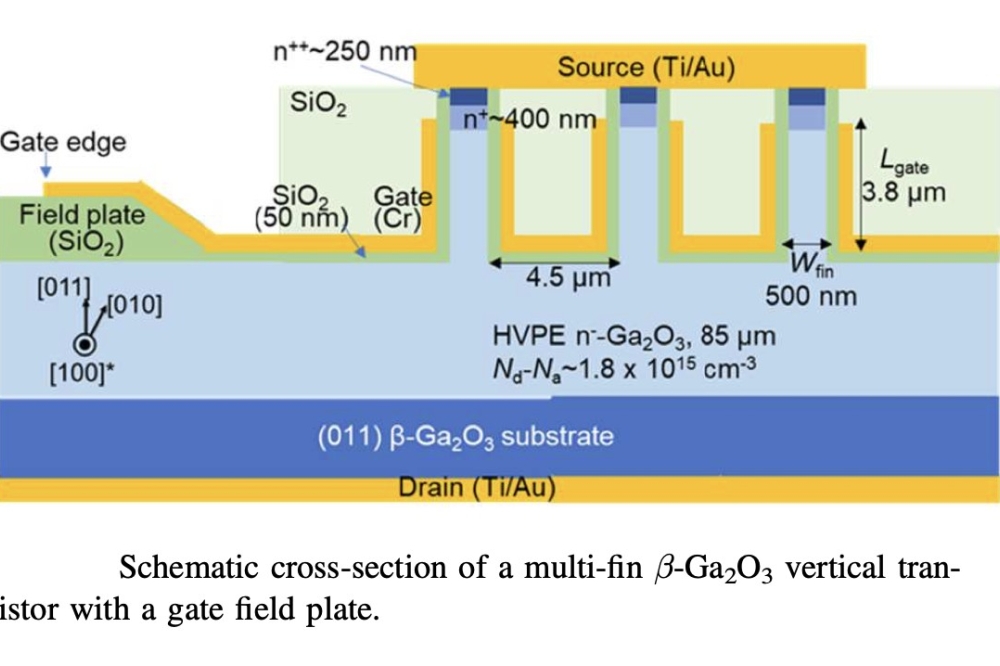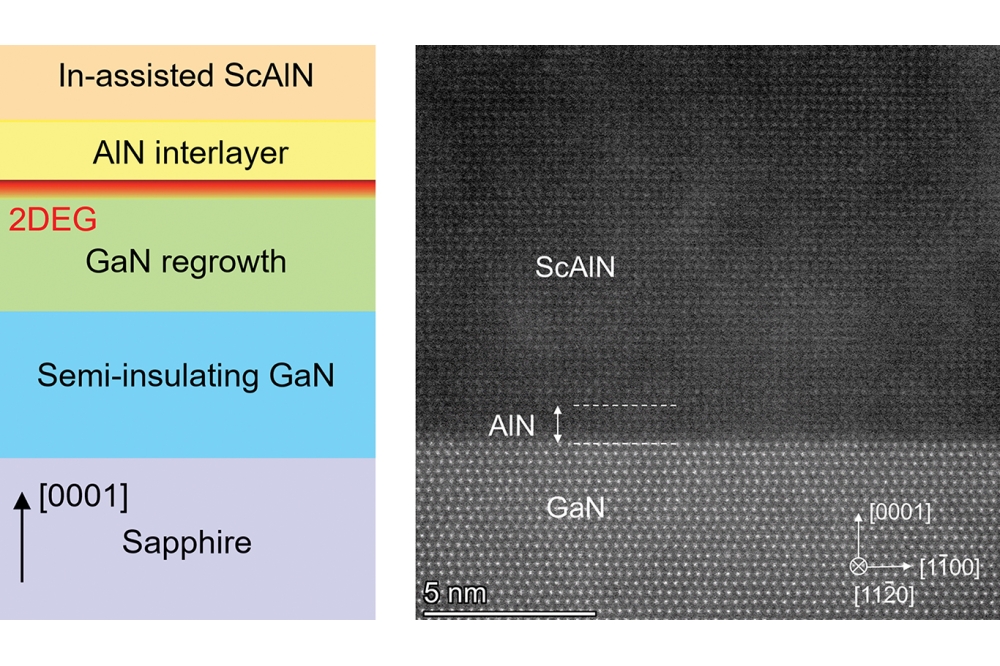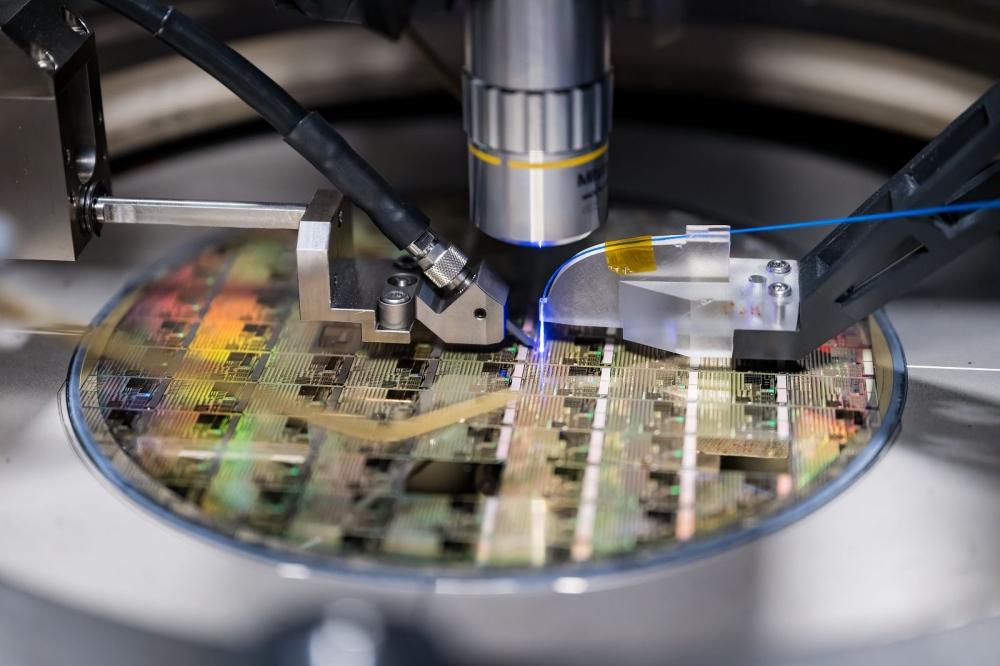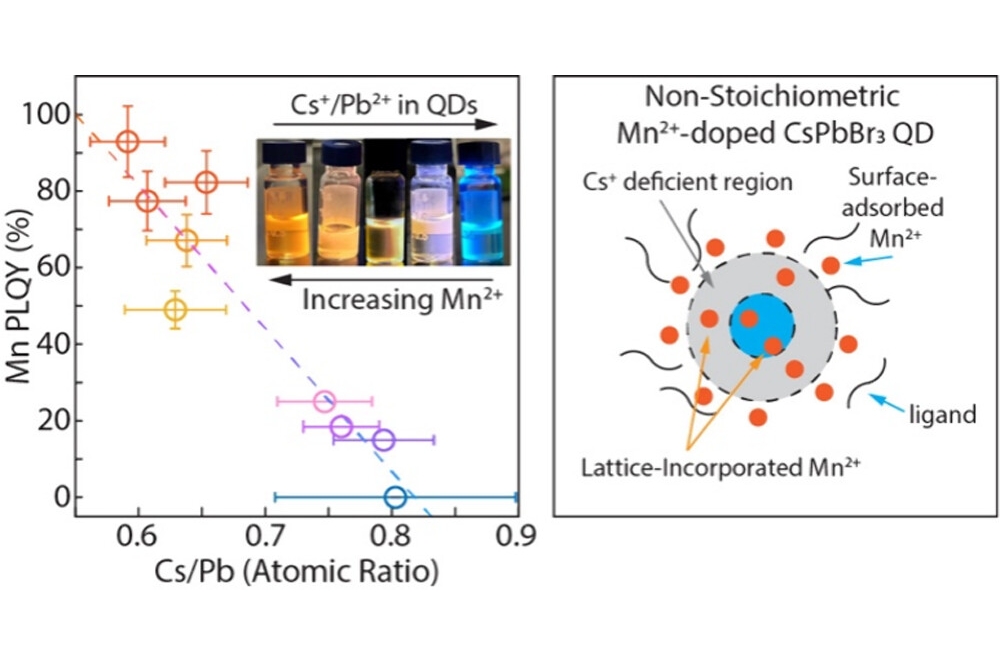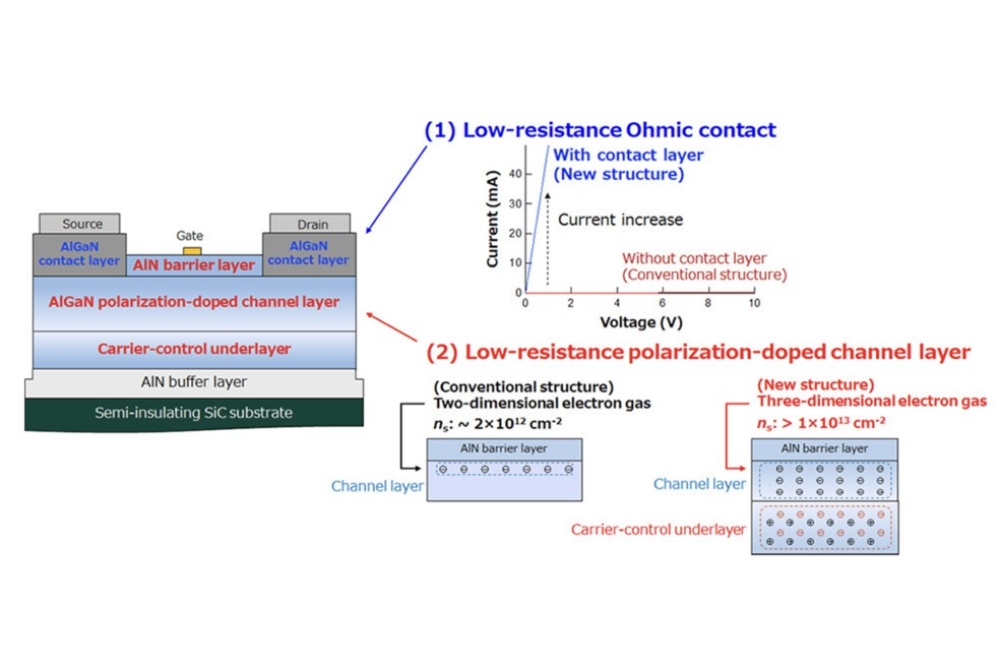ST to reshape manufacturing footprint
STMicroelectronics is reshaping its manufacturing footprint as part of a program it announced in October 2024 to ensure the long-term sustainability of the company across technology R&D, design and high-volume manufacturing.
The company-wide program is expected to see up to 2,800 people leaving the company globally on a voluntary basis over 3 years, on top of normal attrition. ST says that annual cost savings target in the high triple-digit million-dollar range exiting 2027.
Jean-Marc Chery, president and CEO of STMicroelectronics described the changes as a way to 'future proof' the company as an integrated device manufacturer (IDM) with strategic assets in Europe, and to improve the ability to innovate "even faster".
He said that the technology R&D, design, and high-volume manufacturing activities in Italy and France will continue to be central to the company's operations and be reinforced via planned investments in mainstream technologies.
The reshaping and modernisation of ST’s manufacturing operations aim to achieve two main objectives: prioritising planned investments towards future-ready infrastructure such as 300mm silicon and 200mm SiC wafer fabs to enable them to reach a critical scale and maximising the productivity and efficiency of legacy 150mm capabilities and mature 200mm capabilities.
In parallel, ST plans to continue to invest in upgrading the technology used across its operations, deploying additional AI and automation for additional efficiency in technology R&D, manufacturing, reliability and qualification processes, with a continued focus on sustainability.
Catania will continue to serve as a centre of excellence for power and wide-bandgap semiconductor devices. The development of the new SiC Campus is progressing as planned, with production of 200mm wafers (pictured above) set to begin in Q4 2025.
Resources supporting Catania’s current 150mm and EWS capabilities will be refocused on 200mm SiC and silicon power semiconductor production, including GaN-on-silicon, reinforcing ST’s leadership in next-generation power technologies.
Tours (France) will remain focused on its 200mm siliconproduction line for select technologies, while other activities – including legacy 150mm manufacturing activities – will be transferred to different ST sites, and it will also remain a centre of competence for GaN, mainly on epitaxy. The Tours site will also host a new activity: panel-level-packaging, one of the major enablers of chiplets, a technology for complex semiconductor applications that will be key for ST in the future.
The Agrate (Italy) 300mm silicon fab will continue to be scaled up, with the aim to become ST’s flagship high-volume manufacturing facility for smart power and mixed signal technologies. The plan is to double its current capacity to 4,000 wafers per week (wpw) by 2027, with planned modular expansions increasing capacity up to 14,000 wpw, depending on market conditions. As we increase our focus on 300mm manufacturing, the Agrate 200mm fab will refocus on MEMS.
The Crolles (France) 300mm silicon fab will be further cemented as the core of ST’s digital products ecosystem. The plan is to increase capacity to 14,000 wpw by 2027 with planned modular expansions increasing capacity up to 20,000 wpw, depending on market conditions. In addition, ST will convert the Crolles 200mm fab to support Electrical Wafer Sorting high volume manufacturing and advanced packaging technologies, hosting activities that do not exist today in Europe. The focus will be on next-generation leading technologies including optical sensing and silicon photonics.
Rousset (France) will remain focused on 200mm silicon manufacturing, with additional volumes reallocated from other sites enabling full saturation of existing manufacturing capacity for optimised efficiency.
Ang Mo Kio (Singapore), ST’s high-volume fab for mature technologies, will remain focused on 200mm silicon manufacturing and will also host consolidated global legacy 150mm silicon capabilities.
Kirkop (Malta), ST’s high-volume test and packaging fab in Europe will be upgraded, with the addition of advanced automated technologies which will be key to support next-generation products.
Workforce and skills evolution
As ST reshapes its manufacturing footprint over the next three years, the workforce size and required skill sets will evolve. Advanced manufacturing will shift roles from legacy processes involving repetitive manual tasks to a stronger focus on process control, automation, and design.
ST says will manage this transition through voluntary measures, with a continued commitment to ongoing constructive dialogue and negotiations with employee representatives in accordance with applicable national regulations.
Based on current projections, the program is expected to see up to 2,800 people leaving the company globally on a voluntary basis, on top of normal attrition. These changes are expected to occur mainly in 2026 and 2027.

